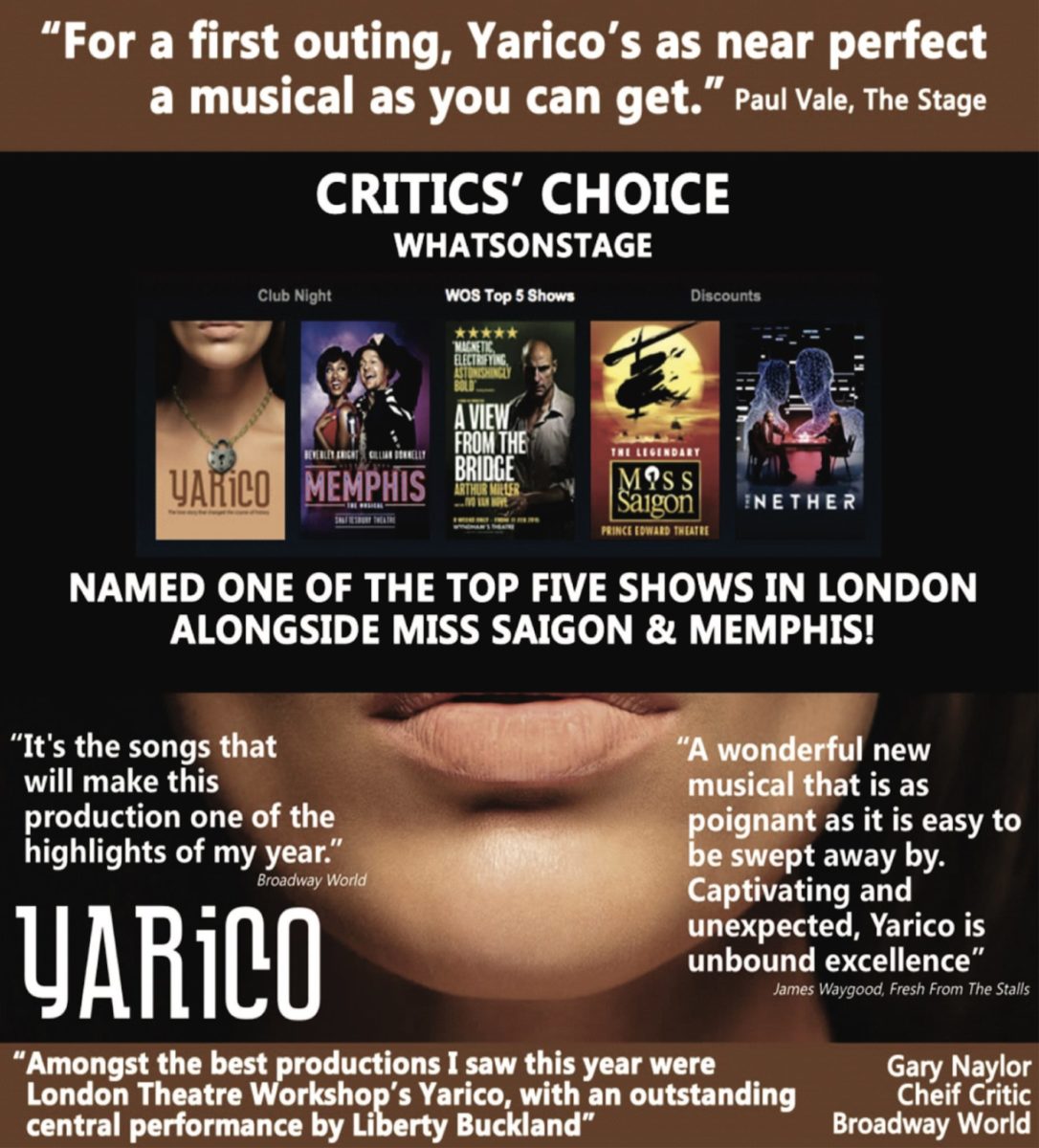The underlying historical theme of our story

Yarico is a tragic true love story that helped change the course of history
Watch the trailerThe core of the story challenges the political status quo and personal beliefs imposed by the rigid 18th century social norms.
Interestingly, although set in the late 18th century the story speaks to issues of the present moment, human rights, women's rights, race and the misuse of financial power.
During the 18th century writers from across Europe were tantalised by the simplicity of the story of Yarico's plight and its strength. What made it stand out was its relevance to sensitive political and social issues, such as slavery, race, gender and equality.
In 1711 Sir Richard Steele, a well known author of that time, had published an essay of the story in the Spectator which was described at the time as one of the little masterpieces of literature. Throughout the remainder of the 18th century there were an additional 45 known original works based on story published in eight European languages.
Our story is told through the eyes of Yarico's son Teiku. He was raised by his mother Yarico, who instilled in him the values and beliefs of her own people - Kogi tribe who lived in the South American region that now belongs to Colombia. Their philosophy and deep, religious connection with the natural world created a strong ethical foundation and influenced her view of the world.
As a young child Yarico witnessed the process of becoming a Mama - a Kogi priest. Selected male infants are placed in a dark cave for the first 9 years of their lives. In the cave, elder Mamas teach the child deep concentration, prophecy, and a balance of harmony, creativity and forgiveness.
The core of Teiku character is based on his mother's teachings and spiritual beliefs.
When Yarico's true tragic story made its way to England it instigated a whole discourse on gender equality, showcasing the predatory nature of 18th century male centered mentality. It put a face onto the increasingly unbearable problem of social inequality and challenged the way people thought of diversity and what should be considered morally right.

Mary Astell 1725
Alan Charles Kors, Professor Emeritus of History at the University of Pennsylvania
About a third of the series will be filmed in Colombia, where the Kogi tribe originated. The Kogi's extraordinary spiritual beliefs and their strong ethical backbone are a core part of our story.
The story played an important role in galvanizing support for the abolition of slavery through the medium of theatre, it is an unusual contribution to Black History. Recently historians have begun retelling the history of American performance culture as a critical element of the country's political evolution. The opera Yarico was regularly performed in Boston, New York and Philadelphia. Today, Universities and Schools in the US are studying the story of Yarico as part of their syllabus in Humanities.
The series combines an important period of the British history with fictional drama. Recently Dr Ronald Hyam an Emeritus Fellow at Cambridge University described the original story as follows:
A famous radical British writer and political activist John Thelwall (1764 - 1834) wrote a play about Inkle and Yarico in 1786, this is a quote from the final speech:
The story of Inkle and Yarico was very well known, popular and influential in the 18th century, now almost forgotten. So things might have remained, had an opera based on the story not come to the attention of the Kidd family, who produce an annual festival of music and drama at their home Holders Plantation in Barbados. They re-staged the original opera - the first time it had been produced since 1830 - as part of the 1997 Holders Season.
Following the reenactment the Kidd family produced a number of versions of the story as a modern day musical with performances in The US, The UK and Barbados.
Her story sends a positive message that resonates with today's society.
It's not the victimhood and tragedy of her story that stand out - it's the strength, persistence, the sense of adventure, and the belief in love and forgiveness that form the meaning of Yarico's story.
In the 18th century the story influenced the discussions of liberty, in particular slavery and women's rights adding a human aspect to the very inhumane practice.
The opera of Inkle and Yarico was performed over 150 times at Covent Garden alone and in every theatre throughout the land.
Theatre was the social media of its day.


Our series, Yarico, will hold a mirror up to human nature, a nature that periodically needs to be reminded of its higher order.
The central theme in Yarico is how stories influence the mind-sets of generations and have the power to challenge the status quo.
Our story shines a light on remarkable women who have been forgotten or marginalized by society, but nonetheless fight for liberty and equality and help to shape society for the better.
Our series shows how the power of love builds bridges between people but also how society can undermine that power and tear down those bridges.
Though the themes of Yarico are lofty, our ambition is to write a television series that is gripping and compelling from the off. On the surface, it will be a riveting tale full of drama, comedy, history, gender confusion, tragic twists, and reversals of fortune.
Beneath this, however, Yarico will champion the spirit of its titular hero through powerful and edifying themes. These themes will highlight women's equality, human rights, and the power of stories to raise moral consciousness in a society driven by commercial and economic imperatives that so often stymie progress in favour of maintaining the status quo.The beating heart of our series is an extraordinary woman known to history as simply Yarico. She is a lover and a fighter, but it is her spiritual beliefs that make her a survivor.
Yarico is the daughter of a priest from the Kogi tribe in Colombia. The Kogi believe in a universal consciousness they call Aluna. This consciousness permeates all things and connects the human spirit with that of the natural world. They believe Aluna is the source of all life, all intelligence, all creativity, and all harmony in the universe. It is this spiritual belief that forms the bedrock of our series.
On her journey, Yarico will meet a young man from another continent and a different race. She will fall in love with him, leave her homeland, and gamble all that she has for that love. Though her journey will chart a tragic course, Yarico will retain her strength and dignity through an unbreakable spirit and lift up those around her who have also lost their liberty.
Her son, Teiku, is the other hero of our story. He has inherited all of his mother's noble traits but will struggle to balance them with those he has inherited from his father- traits that promote financial gain, ambition, and competition above all else. His struggle to balance these light and dark urges within himself is the personification of the human condition itself.
To add to his struggle, Teiku will also meet a feisty young redhead named Harriet. They will begin a most unexpected courtship with many challenges. Chief among these challenges is that Harriet seems to be, to all outward appearances, a young man. How Teiku and Harriet overcome the barriers to love will be a chief driving force behind our inaugural season.
Through the prism of Yarico and her son Teiku, we will meet William Wilberforce, Mary Wollstonecraft, Thomas Paine, George Colman, and Thomas Jefferson-towering figures from history and the champions of progressive ideals.
Over the course of our series, our historical characters will enlighten us whilst our fictitious characters like Teiku and Harriet will give us license to develop a deeply moving and entertaining story.
The story of Yarico is an excellent example of a story that captured people's imagination and was told and retold many times during the late 18th century. Her story stimulated debate and addressed one of the main themes of the Age of Enlightenment: human rights. Yarico's story won over the hearts and minds of a generation and helped bring about real, substantial change that would reverberate around the world and down through the centuries.
© Charles Aitken and John Kidd